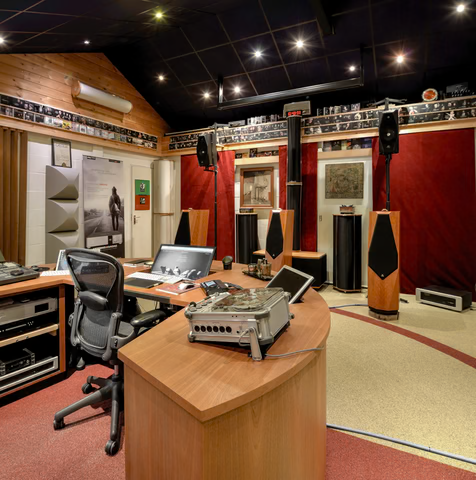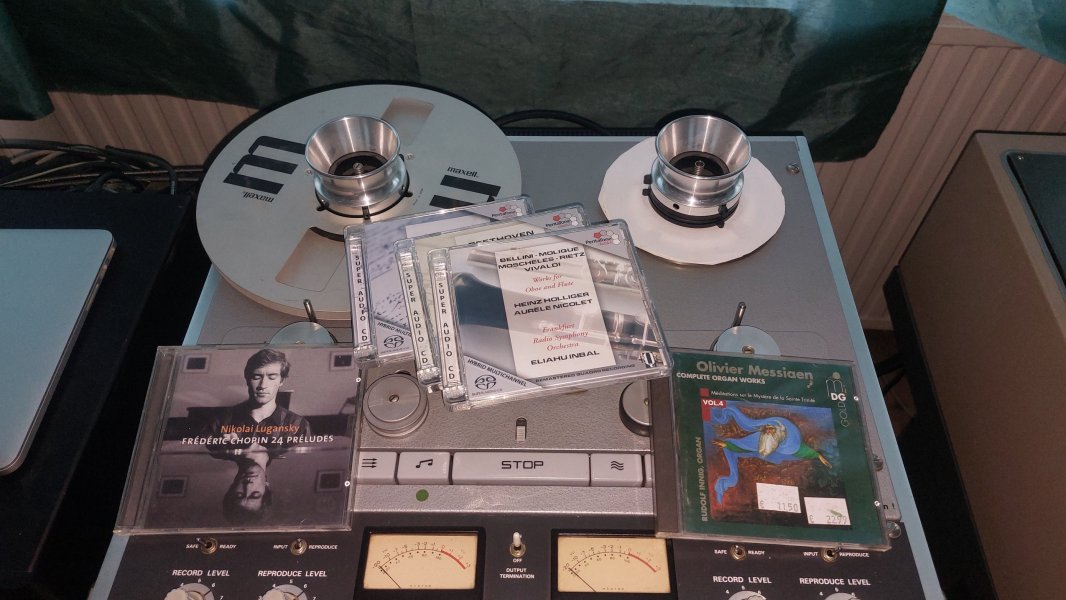been RV traveling (Tecopa, Ca. today) so jumping in (thanks to Starlink) here late, but recording ambience (related to the idea of black background) is a matter of a combination of a few things. low system noise floor, source hardware noise floor, transparency of the signal path, low frequency extension and amp headroom, and especially the level of recording information into the noise floor. i find that the best direct to disc pressings and particular tape recordings take this the furthest. tape being the clear king. and when i switched from my Studer A-820 w/King Cello to the hot rodded ATR-102 with the MR-70 preamps this lower noise floor raised the bar even higher. i heard levels of ambient information that was astounding.
live tape recordings ring this bell the loudest.
one interesting way to asses this is between tracks on vinyl to hear the loading of the room with a low frequency ambient bed before the first music note starts. a 'black' background not loading the room would maybe sometimes point to a lack somewhere in the chain and one separator of hardware or media. this is all about degrees and not an 'on' or 'off' thing.
i'm not claiming that digital is not capable of all these things. but at the top of the food chain of sources, tape rules by degrees on ambience. when you hear a great live jazz club tape on great tape playback gear the degree of ambient realism is breathtaking. and worth pursuing.
i do think recent recording processes don't always value this aspect of our music enjoyment. so to hear what is possible golden age recordings more generally succeed at this. more simple live recordings.
time now for a hike.
live tape recordings ring this bell the loudest.
one interesting way to asses this is between tracks on vinyl to hear the loading of the room with a low frequency ambient bed before the first music note starts. a 'black' background not loading the room would maybe sometimes point to a lack somewhere in the chain and one separator of hardware or media. this is all about degrees and not an 'on' or 'off' thing.
i'm not claiming that digital is not capable of all these things. but at the top of the food chain of sources, tape rules by degrees on ambience. when you hear a great live jazz club tape on great tape playback gear the degree of ambient realism is breathtaking. and worth pursuing.
i do think recent recording processes don't always value this aspect of our music enjoyment. so to hear what is possible golden age recordings more generally succeed at this. more simple live recordings.
time now for a hike.
Last edited:








